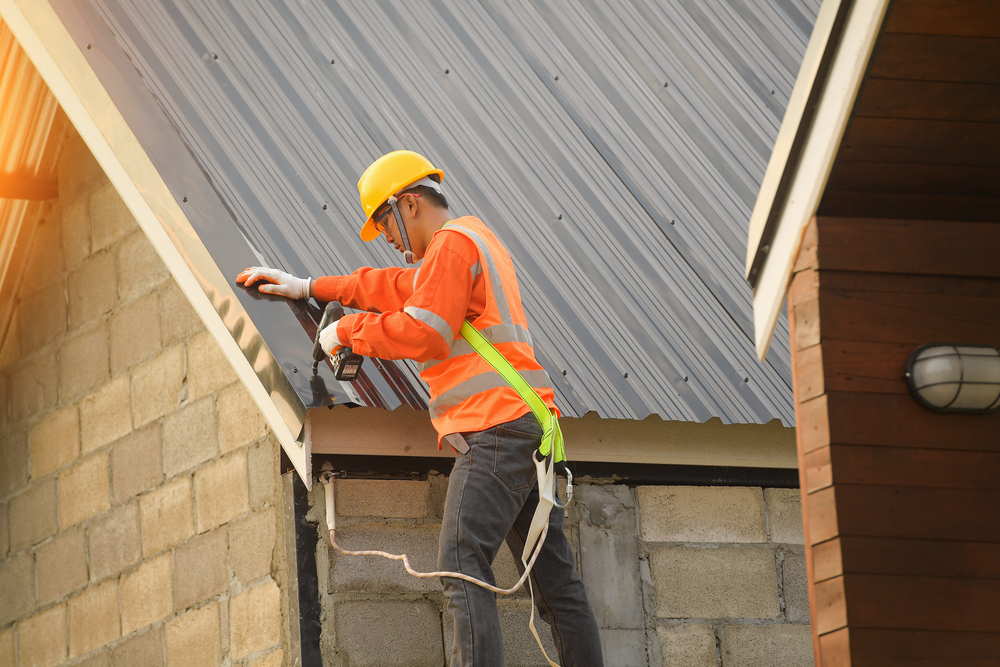 Having a lot more time to think about your workflow outside of the jobsite might make you realize that your workspace isn’t working. And even if it is, it may be a good opportunity to revisit what you’re getting from the space, and what you could have instead. A sudden vacation of a lot of commercial spaces due to COVID-19 has changed the dynamic. It’s also changed the way you think about doing construction, on and offsite. These five aspects can help you determine if you should stay where you are, or consider moving to something different.
Having a lot more time to think about your workflow outside of the jobsite might make you realize that your workspace isn’t working. And even if it is, it may be a good opportunity to revisit what you’re getting from the space, and what you could have instead. A sudden vacation of a lot of commercial spaces due to COVID-19 has changed the dynamic. It’s also changed the way you think about doing construction, on and offsite. These five aspects can help you determine if you should stay where you are, or consider moving to something different.
Your Workspace Needs Have Changed
It would be hard to find some aspect of your workflow that wasn’t changed by COVID-19, but your workspace may be the biggest. If you were accustomed to doing most of your work onsite and relying on a separate workspace for administrative tasks, you may find that this no longer suits your work dynamic. Many companies are shifting to offsite construction, mostly through the use of modular building practices. If you have discovered that you need much more space than you had before, or much less, it may be time to think about moving.
You’re Overpaying on Your Rental
A sudden decrease in demand for workspaces has led to a drop in prices in some areas. If you are overpaying on the rent you pay for your office or shop, you may be able to negotiate a better deal right now. Do some research in your area to see how often owners raise rates, and how much. It also may be practical to take this information to the owner or property manager of your current space, in the hopes of getting a discount on your next renewal. Keep in mind that if you have an active lease that’s not on a month-to-month schedule, you may have to pay hefty fees to break it early. It may or may not be worth it, so be sure to do the math before you pull the plug.
You’re Barely Making Ends Meet
Getting a big discount on rent for a workspace can be a boon, but you’ll pay for it at first. Rentals usually involve deposits and possibly the first and last month’s rent required in advance. While this might not be a big deal for an established business with a lot of assets, not everyone is feeling that kind of stability right now. In some cases, trying to cut your future expenses may have the potential to sink your business in the present. If your cash flow is running too close to empty, you may be better off waiting.
Pandemic Closures Limit Your Access
Many office complexes and coworking spaces closed during the pandemic, which made it far more difficult for tenants to get in and use the space. And while some landlords compensated by discounting or even canceling the rent, it was hardly the norm. If you were one of the lucky ones who enjoyed unimpeded access to one of these spaces, that stroke of fortune might serve you well in the future if closures happen again. On the other hand, if you were unable to retrieve your equipment or complete work offsite because your workspace was closed, you may need to consider alternatives.
You’re Not Sure What You Need
It’s hard to predict where construction will be in six months, much less in a year or two. As such, it is perfectly fine not to be certain what you need right now or going forward. This is a good indicator that you should stay put. If you can, give yourself the time to think. Revisit the subject in a month, when you have more information.
Finding a great workspace may be easier in the next few months than it will be next year or the year after. If your current situation just isn’t working, your contracting business may thrive better somewhere else. For more information about running a modern business as a licensed contractor, contact CSLS today!



